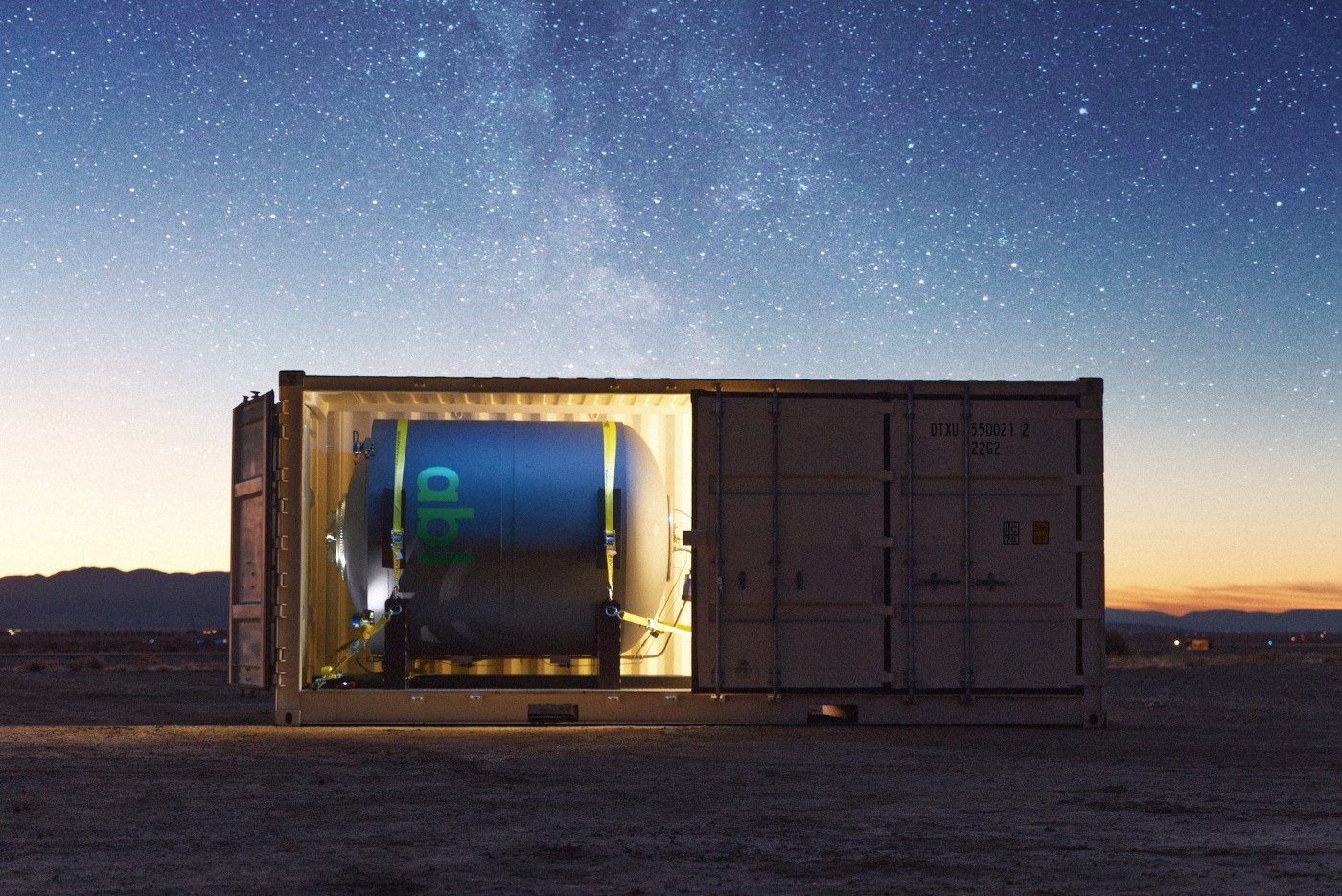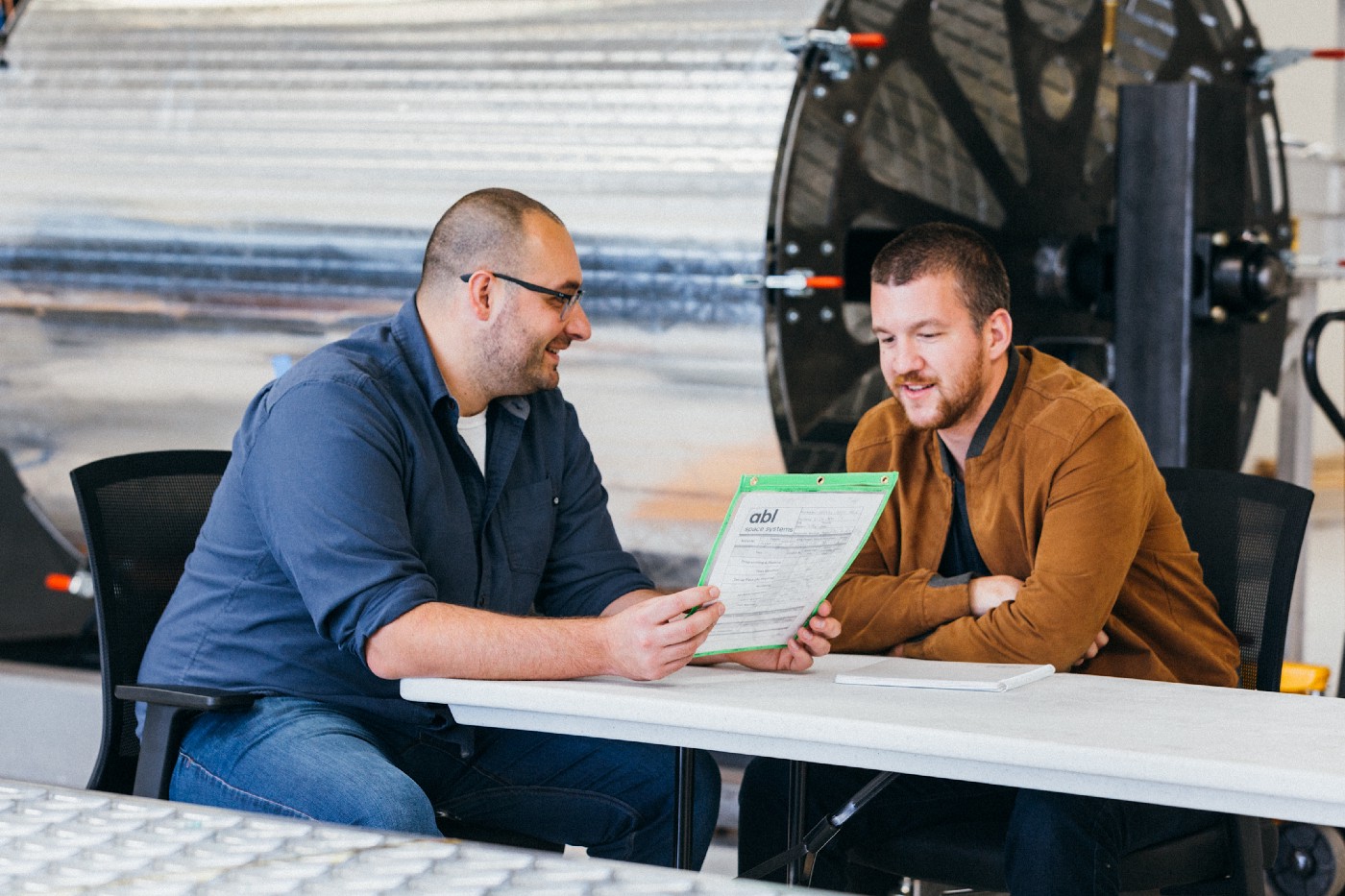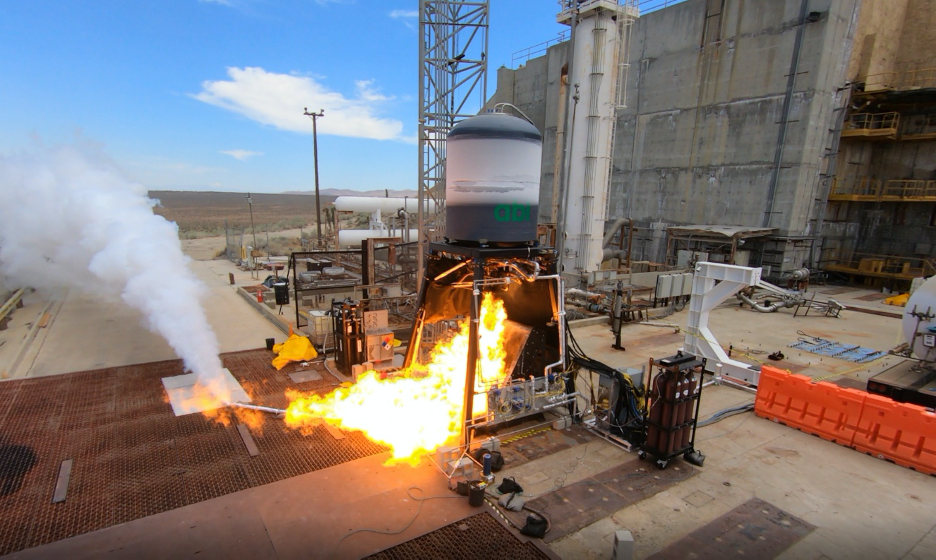Investing in ABL Space Systems
Update since we invested (March 2022)
So much has happened since we invested into the Seed and led the Series A for ABL Space. Here is a brief snippet:
- ABL Space raises $170MM growth equity round led by T. Rowe Price funds
- ABL Space Systems Nearly Doubles Valuation to $2.4B After Closing Additional Series B Funding
- Amazon schedules first Kuiper satellite launches for 2022 using ABL’s RS1 rocket
- Lockheed Martin makes $580M block buy of launches from ABL Space Systems
- Fast Company’s The 10 most innovative space companies of 2022
The backstory of our privileged investment into ABL Space

Beginning of the new space economy
We are at the beginning of a new era in the Space economy. There are over 20k satellites filed with the FCC for expected launch within the next 5–8 years. Global Space activity was estimated to be $360 billion in 2018, with commercial space revenues representing 79% of total space activity, expecting to double over the next five years. Over 90% of the satellites filed to launch are in the ‘small satellite’ (150kg — 750kg) class. Fueled by demand for global broadband, space-based observation & tracking, increased NASA activity, and more, the need for lower-cost capabilities and faster times to orbit has become paramount. This is a radical shift from the large, expensive, and time-consuming builds of GEO based satellites. Our investment in Astranis was an example of this.
In parallel, US defense priorities have shifted away from large satellite clusters in an attempt to ‘disaggregate’ existing space infrastructure into small satellite constellations to address emerging threats and create increased resilience. Large satellites are challenging to defend, while Russia and China have demonstrated ground and in-orbit anti-satellite weapons. Increasingly our space network resiliency will be reliant on our ability to respond, in ways that demand the launch of new satellites from austere locations within 24–48 hours to limit operational interruption
Existing launch capacity
The emerging demand for small satellites, today, doesn’t mesh well with established launch system. Previously, launch vehicles were designed for a capacity between 8,000kg to 25,000kg. Small Sat operators simply couldn’t afford to be primary payloads and were left either as secondary payloads on a launch that wasn’t a good fit for their satellite orbit — costing the satellite precious fuel — or waiting months for a launch that would be more direct. The lack of options creates a bottleneck for next generation small satellite operators.
This gap created an opportunity for new companies to offer launch capabilities specifically to the small satellite market’s needs. To provide a reliable and affordable solution, tailored to this spacecraft class, launching into the required orbit, at the time required.
A challenged small launch market
In the past few years projects emerged aimed at addressing this growing need. The conventional wisdom amongst investors went as far as saying the small satellite launch market was oversaturated, with over a hundred projects under development. In reality, only a handful of these efforts were serious, with any meaningful staffing, capital raised, or technical progress to show for. Among them, the technology and business models were highly variable, requiring hundreds of millions of dollars in capital to get to the first launch. With this information we believed the market opportunity was still available for outstanding companies. We searched for a company going after the right payload/market, that could stand up capabilities responsively, with a technical advantage, and at a low program cost.
But we saw several challenges in the existing approaches across one or more of the following dimensions:
- Technical risk: the architectural approach was ‘too innovative,’ lacked engineering tractability, reinvented the propulsion or manufacturing techniques creating too many unknowns, or designed for a derivative platform.
- Unit Cost risk: The BOM of the rocket was too expensive to generate any meaningful margins, and would require too many launches per year to break even.
- Market mismatch: They designed the launch vehicle to go after the nano and cubesat segment of the market (100kg — 150kg), whereas the market centered around the small class (150kg — 750kg).
- Capital risk: The capital requirements of getting to the pad would cost well over $100M, requiring too much capital to get to the first launch and creating capital overhang for early investors to see any meaningful multiple.
- Team risk: The teams went about designing architectures that lacked the concepts of being lean, modular, and iterative in their designs, costs, and execution.
Investing in the small launch market
This industry risk assessment helped us hone an investment thesis that probed what truly mattered in building an enduring launch business:
- Are they going after the right market segment with a differentiated price/capacity and responsiveness that will attract significant customer demand? (product/market fit: capacity, price, responsiveness)
- Are the architecture and technical approach meaningfully differentiated, and can be executed with higher success, at a manufacturing cadence that they can sustain an advantage in the market? (tech advantage: technical risk, manufacturing risk, differentiation) 3 Can this be executed at a lower total program cost per launch unit economics that looks more like software margins than classic aerospace? (capital advantage: total program cost, unit economics)
- Does this team have the ‘special sauce’ of deep technical capabilities, strong commercial instincts, and can successfully raise capital as needed. (team: execution, commercialization, capital)
Until that point, we hadn’t found a company that demonstrated the product/market fit, technical advantage, economics, and team to pull it off — proving that reaching space can be simple, efficient, and routine.
Introducing ABL Space
Harry and Dan started ABL Space with the belief that you could build a simpler, lower cost, and self-contained system, with far less capital than launch companies were spending today. Building on years at SpaceX, they saw that launching small satellites can be made flexible, reliable, and more affordable than ever.

At SpaceX, Harry led the grid fin reentry steering system development effort, was on console for many Falcon 9 launches (including the first successful landing in 2015) and managed multiple large production teams. Dan, previously a quant trader and data scientist working across public markets and venture capital, had a unique lens on how to structure and position a launch company. They formed a powerful duo moving fluidly between technical and commercial domains, identifying opportunities, and building technical teams to pursue them. Their secret weapon was their friendship. Harry and Dan met as freshmen at MIT and developed the deep trust that can only be formed through the ups and downs of thirteen years of career discussions, relationship advice, ski mountaineering and late nights. It’s this trust that lets them move swiftly building different parts of the business, yet seamless across domains and trade responsibilities, building a company that feels a lot more like software and engineering than rockets and science.
Using those principles, ABL Space set out to build a launch platform with a philosophically different approach. First, they started the design with the constraints of having the lowest possible unit costs, the highest manufacturability, and the least technical risk. The result is a simple, reliable rocket that can be built in 30 days — far faster and more reliable than more exotic architectures. Second, they operate more like a software company using lean engineering principles and modular designs, focusing on deployability and operations as part of the design requirements.
They believed you should be able to launch rapidly (in as little as 30 minutes after call up) and from anywhere, setting a new standard for resilience. Using proven design and engineering principles, focusing on building a long-lasting business, a reliable, affordable, and on-time launch is achievable.
While new launch companies clamored into the cube/nano/microsat market, focusing on 200kg and below, ABLlooked beyond, seeing the accelerating growth of the smallsat (500kg — 1200kg) market. They positioned themselves as one of the only launch systems built for the incoming market demand.
As a result, the team designed a ruggedized, low-cost, easy to deploy launch system, with a 1,200kg capacity, called the RS1, as an end-to-end product, rather than just a launch service. Able to ship as an entire system, called the GS0, designed to rapidly launch from austere locations using a containerized system (including launch vehicle, propellent, mission control, and payload) to be set up within 24 hours on any 100 x 50' flat concrete pad. With unit economics that looks a lot more like software than rockets. Both a late entrant and first mover, ABL progressed at a pace we had never seen before. They only needed nine months from engine program concept to hotfire, and then only nine months to stage test. While others spent hundreds of millions trying to solve the same problems, ABL maneuvered three times faster than any comparable effort, with almost no wasted effort, capital, or hardware.
Integrated RS1 Stage 2 test campaign

Built and led by a very senior and respected team of SpaceX engineers, who fundamentally thought more like rocket engineers than rocket scientists. With the ‘special sauce’ of deep technical capabilities, commercial instincts, and how to bring it all together. They were focusing on delivering real value to their customers rather than on press and marketing. This is just the start, as they extend the same radically different engineering culture to other major technology areas in the future. As a result, we were fortunate to have been able to invest into ABLs seed round with our friends at Lockheed Martin in 2019, and earlier this year, we at Venrock, had the privilege to lead ABLs Series A and join the board, alongside Lockheed Martin, New Science, and Lynett Capital.
A quick update since we first invested (August 2020)
Since we first invested, ABL was awarded DoD contracts totaling $44.5mm over three years and executed a three-year CRADA with the AFRL Rocket Propulsion Division to test their rockets at Edwards Air Force Base. They activated an integrated RS1 Stage 2 test campaign and are exceeding engine performance targets. They’ve grown their team to over 80 world-class engineers and operators and expanded into full-scale production facilities in El Segundo and Mojave, all by the third anniversary of the company’s founding. We couldn’t be more excited to partner with Harry, Dan, and the rest of the ABL team. Ad Astra!